Before going back to work after the summer…hand on your heart: do you get exhausted even thinking about the amount of clutter in your workspace, physical and/or digital? You can’t even see your wallpaper on your desktop, your inbox is overflowing, your calendar is already packed, your phone memory is running out, you forgot your passwords, and your phone keeps beeping with notifications..you get the picture.
Think about it: does clutter and digital stimuli increase or decrease your productivity and joy at work? Yep. Clutter might be the cause of overwhelm as well as lead to a lack of focus and loss of control. To achieve a lifestyle and work style that is purely joyful we need to tidy up also your digital space. The goal is to get you back in control over technology, which is supposed to help you instead of draining you.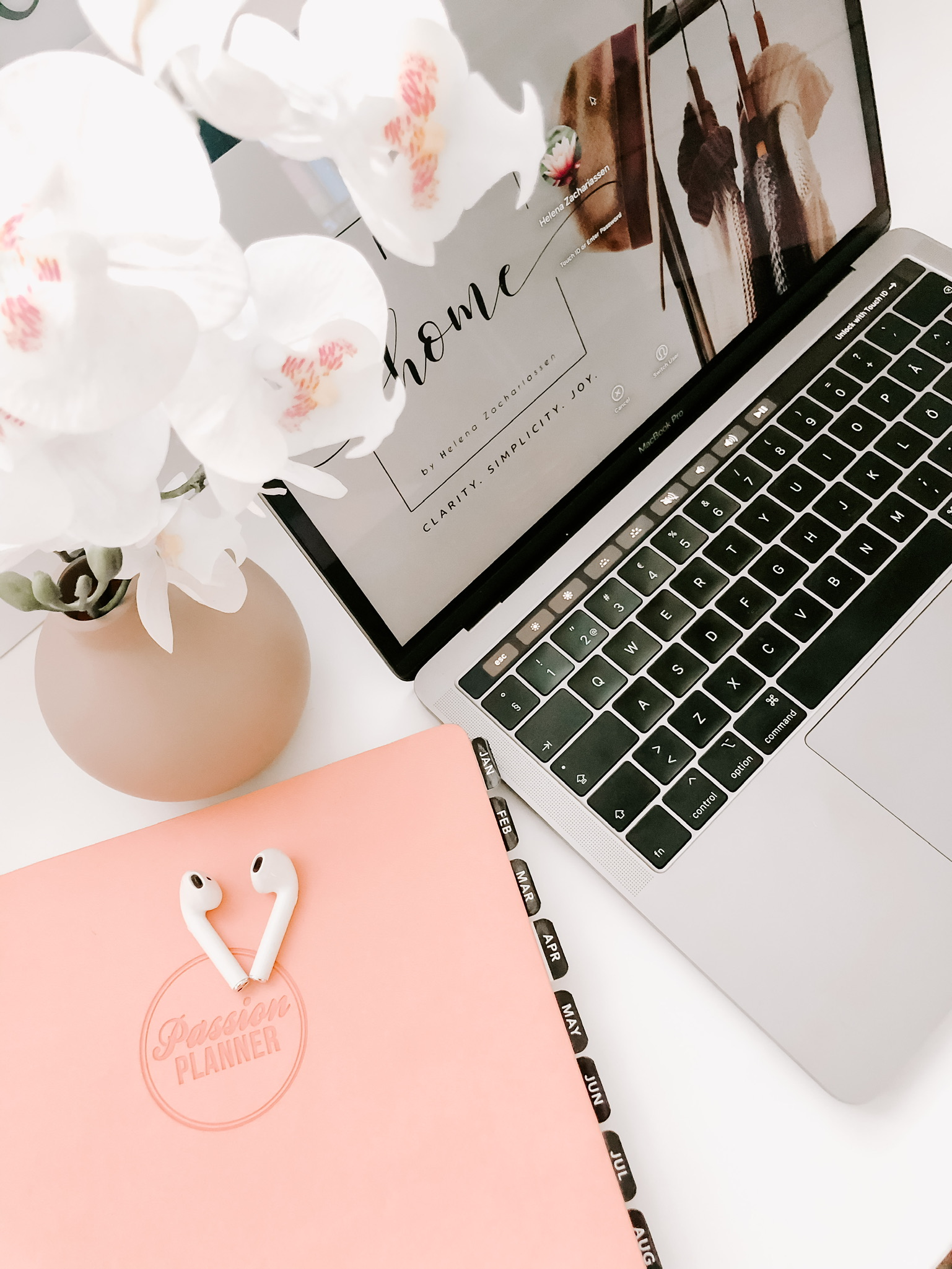
Get started with the 5 day digital declutter challenge: a step by step guide
You choose a start date and get going with the first task. Some tasks take more time than others, just go with the flow and allow it the time it takes. Remember that you’re doing it for YOU! Each day and task gets you closer to your goal: your new digital minimalist you. Well done for taking the decision – you’re already one step further than before!
Day 1: Digital documents and desktop
The first step is learning to let go and say goodbye with gratitude. We already know from the KonMari MethodTM that it’s essential to joy check your belongings and only keep what speaks to your heart. We can apply the same principle to your digital files on your hard drive. In addition to following any document policy of your company and asking yourself if your document sparks joy you will of course ask yourself whether you will need the document for your work and whether it should be kept for future inspiration or reference. Delete all files you no longer need and keep all saved files logically organised in order for you to minimise search time when needing a file. Depending on your job create a minimal amount of main and sub folders and stick to them. After finishing a project, decide what documents to keep and let go of the rest. You will quickly notice how staying organised will become an addictively happy habit!
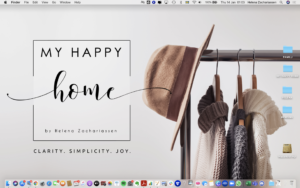 Dear Desktop, you’re not a dump for random files. Simplicity is key – your desktop should make you smile, not cry! First, choose a wallpaper that inspires you! Keep your desktop visually tidy, and make it a useful place for your job: decide which items should be kept there, for example pending items, frequently used apps or inspirational documents or pictures. Once the pending items are done, delete them and enjoy the empty and calm space, inviting new creativity.
Dear Desktop, you’re not a dump for random files. Simplicity is key – your desktop should make you smile, not cry! First, choose a wallpaper that inspires you! Keep your desktop visually tidy, and make it a useful place for your job: decide which items should be kept there, for example pending items, frequently used apps or inspirational documents or pictures. Once the pending items are done, delete them and enjoy the empty and calm space, inviting new creativity.
Finally, don’t forget to delete the contents of your downloads folder – it might contain massive amounts of unnecessary files taking up a lot of valuable space.
Day 2: Email: Unsubscribe from all you don’t read or need
Any newsletters, marketing emails or mailing lists you don’t find interesting or valuable, just ruthlessly scroll down and click the Unsubscribe link. Grouping or sorting your emails by sender might also help with this. Trust me, you will love the new zen look of your inbox and you’ll never go back to the way it was.
Day 3: Clear your inbox in one go
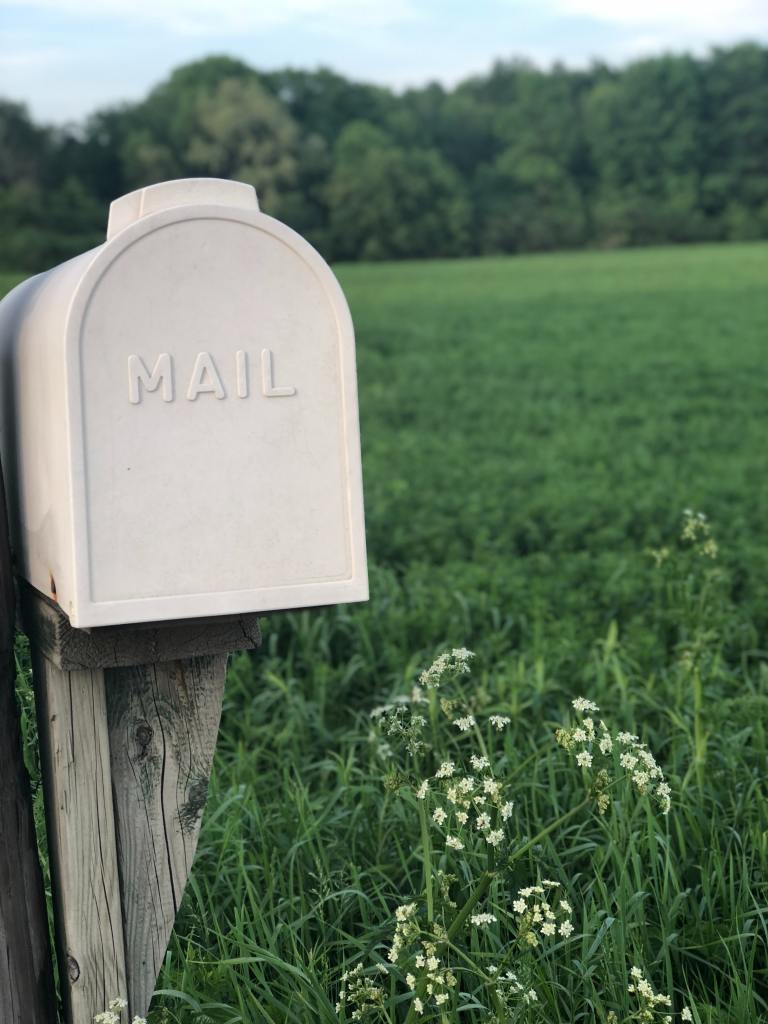 We send and receive way too many emails. Emails are necessary to a certain extent but many of them are usually containing a message growing your to-do list hence creating more stress. Like with the digital documents, firstly decide on the criteria for which emails need to be kept. If you need only an attachment from an email, save it to the appropriate document folder and delete the email. Then the easiest way to get rid of emails is to group or sort them by sender. This way you get a good overview of who’s mainly taking up space in your inbox and you may also delete multiple emails from a particular sender at once or move all messages from a certain sender to a dedicated folder. Once the emails are done you may tackle the existing folders. Again, keep the amount of folders to a minimum (ideally max 10) and use the search function within a folder when looking for a certain message. You might want to consider blocks of email time each day, for example morning and end of day, to allow for full focus on more important tasks in between.
We send and receive way too many emails. Emails are necessary to a certain extent but many of them are usually containing a message growing your to-do list hence creating more stress. Like with the digital documents, firstly decide on the criteria for which emails need to be kept. If you need only an attachment from an email, save it to the appropriate document folder and delete the email. Then the easiest way to get rid of emails is to group or sort them by sender. This way you get a good overview of who’s mainly taking up space in your inbox and you may also delete multiple emails from a particular sender at once or move all messages from a certain sender to a dedicated folder. Once the emails are done you may tackle the existing folders. Again, keep the amount of folders to a minimum (ideally max 10) and use the search function within a folder when looking for a certain message. You might want to consider blocks of email time each day, for example morning and end of day, to allow for full focus on more important tasks in between.
Day 4: Smart phone apps & notifications
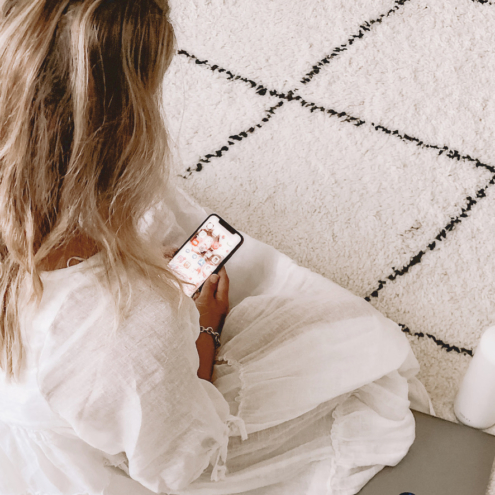 We all know how addictive and distracting smart phones can be. They’re designed to increase productivity (and get us hooked!) but if we get too attached it has the opposite effect. The usage and amount of apps might easily get out of hand unless you have a strict self discipline. The fewer apps the fewer distractions you naturally have. Let’s start by cleaning up all your apps and delete all that you don’t even know what they’re for anymore. Again, make sure you align the criteria for apps to keep with your ideal work style vision. This way you’ll make space for those important apps that are needed in your profession and truly spark joy for you! Now it’s time to organise your screen. Divide your apps into simple categories and make separate folders for these categories so you can have a clear overview of your essential apps. Some people like grouping their apps by function, some even by colour, I suggest you always choose the way that works best for you!
We all know how addictive and distracting smart phones can be. They’re designed to increase productivity (and get us hooked!) but if we get too attached it has the opposite effect. The usage and amount of apps might easily get out of hand unless you have a strict self discipline. The fewer apps the fewer distractions you naturally have. Let’s start by cleaning up all your apps and delete all that you don’t even know what they’re for anymore. Again, make sure you align the criteria for apps to keep with your ideal work style vision. This way you’ll make space for those important apps that are needed in your profession and truly spark joy for you! Now it’s time to organise your screen. Divide your apps into simple categories and make separate folders for these categories so you can have a clear overview of your essential apps. Some people like grouping their apps by function, some even by colour, I suggest you always choose the way that works best for you!
The final step is to go through the notifications settings on every app you use and ensure that you are receiving only the absolutely essential ones. This would most likely mean getting rid of a lot of social media notifications, but in return you will get your focus and concentration back! In addition your device’s newly extended battery life might just positively surprise you!
Day 5: Contacts & network on social media
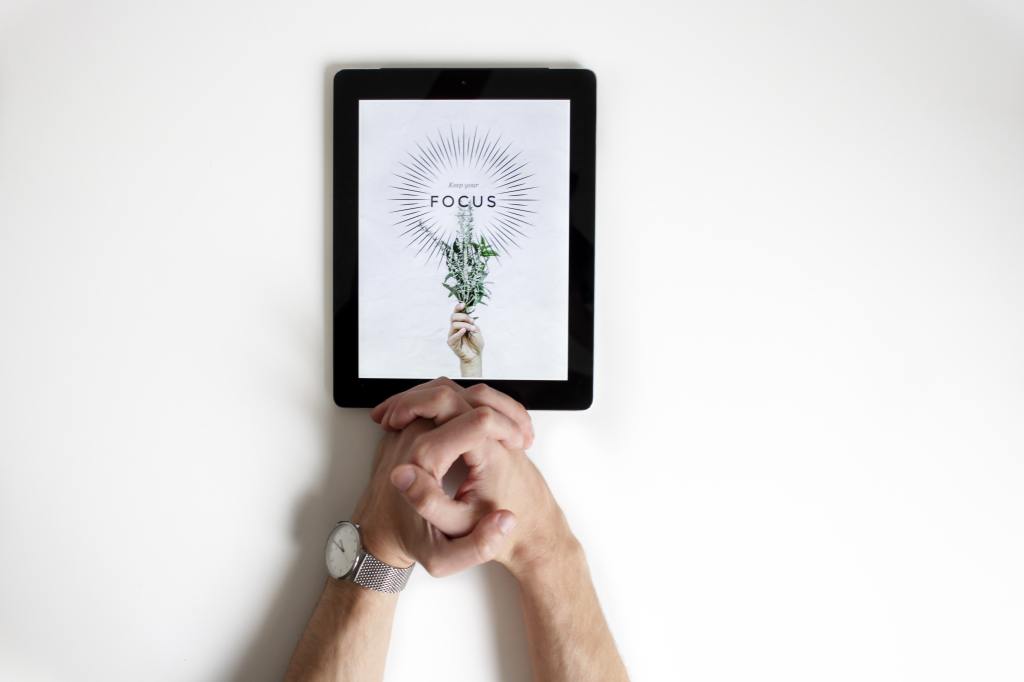
LinkedIn, Facebook, Instagram, phone contacts etc…there are so many different platforms and we actually don’t need to be everywhere. What kind of people do you enjoy spending time with? Which connections do you really need for work? What kind of people might be able to enhance your ideal work vision and goals? Why don’t you continue your tidying journey and use the KonMari Method to go through your contacts and network in order to keep only those that are truly meaningful to you and speak to your heart. You might be surprised at how much lighter you’ll feel and how much easier it is to value and nurture these chosen relationships. Building relations that matter, choosing quality over quantity might just be the icing on the cake, freeing up more mental space for yourself and creating space for truly authentic connections.
Bonus task: Reduce screen time
Yes, smart phones are addictive, but they are also a helpful tool connecting us with family and friends and staying informed about important events. The average person uses a smart phone for several hours per day. It’s no secret that a smart phone may affect your productivity, sleep and even happiness. Getting insights about how much and how often you use your devices might be helpful for your wellbeing, on many levels. Here are some tips to reduce screen time:
- * Put your phone away when it’s not needed, ie. during meals and social gatherings
- * Use an old school alarm clock instead of your phone and keep it out of your bedroom at night.
- * Develop a calming evening routine a couple of hours before bed time without a screen.
- * Develop an empowering morning routine hour without a screen.
- * Set your screen to greyscale – it makes it less appealing (great tip for kids too!)
- * Set an hour or two when no devices are allowed, for example no devices each day after 8 pm
Why is it important to declutter your digital life?
Because you’re worth peace of mind! A beautiful, fulfilled and purposeful life begins with and needs simple things. Like a tidy and contented mind. Or a happily balanced home and career. Be mindful of how you live your life and what brings you joy and calm, both at home and at work. This challenge and these tips are aimed at helping you succeed in decluttering that virtual noise so that you can become more productive, stress less and be able to focus and enjoy what matters most in your daily (work) life. Here less really is more.
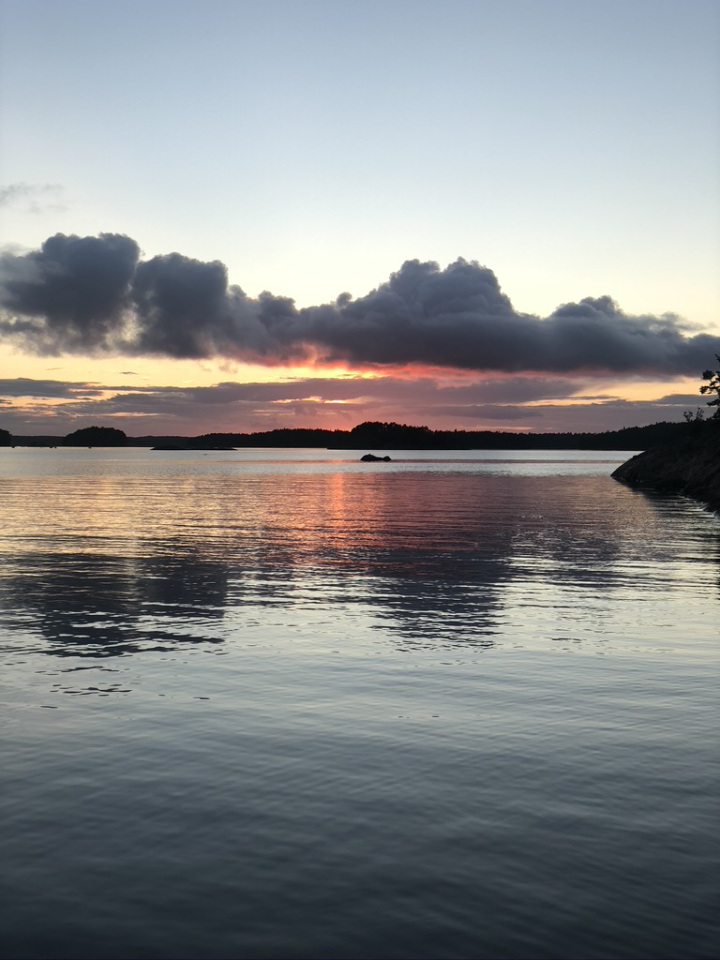
This article was first published on the expat blog My Swiss Story, where I am part of the expert editorial panel as the Home Expert. Would you like to contribute as a guest writer? Please contact me.
